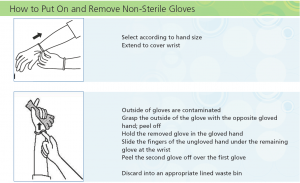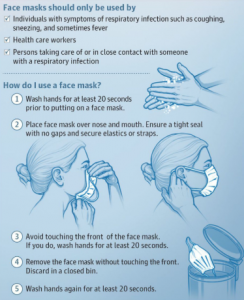Ceredigion County Council has ensured that it has complied over and above with requirements set out in Government legislation and Public Health Wales guidance. The council is grateful to its employees for doing their best to abide with infection prevention and control procedures, reporting sickness absence, adhering to test, track and trace procedures and wearing PPE. However, now is not the time to become complacent, we need to ensure we continue to do the ‘right things’ which includes continuing to protect ourselves, our colleagues and members of the public we may come in contact with.
As employees for Local Government; we have a responsibility to lead by example and demonstrate our commitment to public and employee safety by complying with rules and regulations that have been put in place to protect everyone and that as an authority we are expected to enforce.



